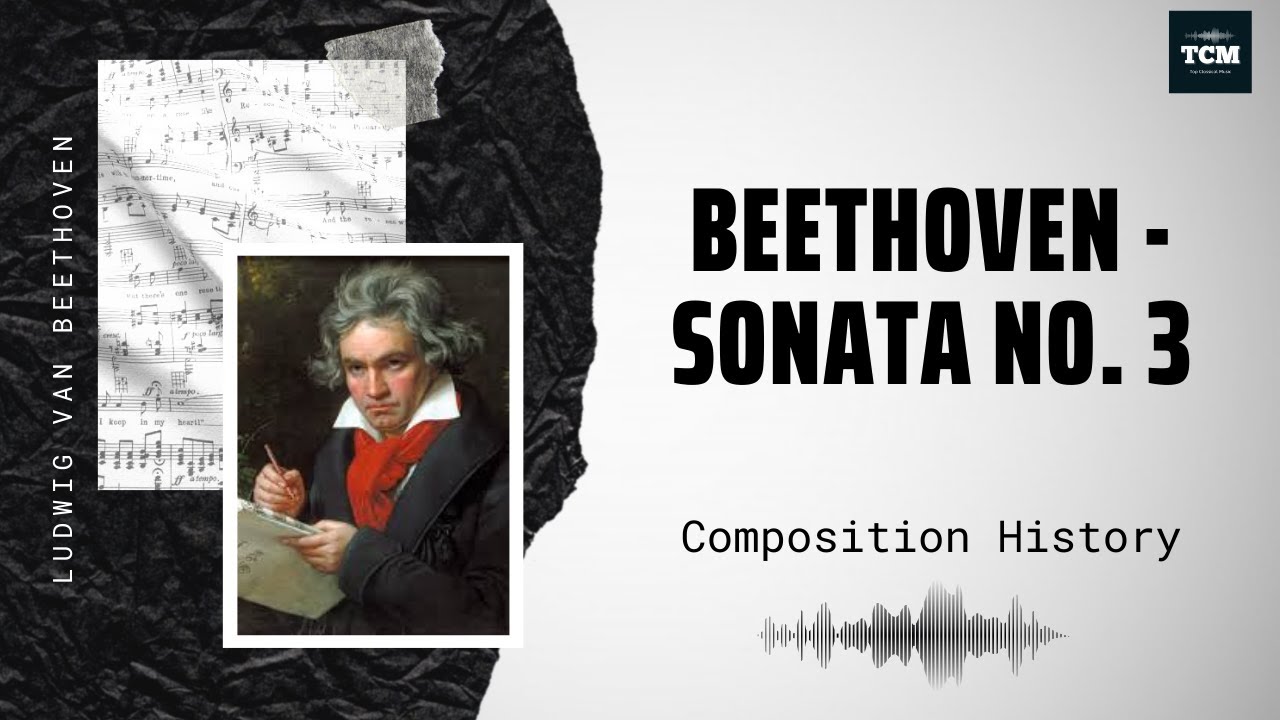
Bach – Toccata and Fugue BWV 565 – Music | History
The Toccata and Fugue in D minor, BWV 565, is a piece of organ music written, according to its oldest extant sources, by Johann Sebastian[…]

Dvorak – String Quartet No. 12 in F major – Music | History
The String Quartet in F major, Op. 96, nicknamed the American Quartet, is the 12th string quartet composed by Antonín Dvořák. It was written in[…]

Weber – Oberon (or The Elf King’s Oath), J. 306 – Overture – Music | History
Oberon, or The Elf King’s Oath is a 3-act romantic opera in English with spoken dialogue and music by Carl Maria von Weber. The libretto[…]

Debussy – La Mer – Music | History
La mer, trois esquisses symphoniques pour orchestre (French for The sea, three symphonic sketches for orchestra), or simply La mer (The Sea), L. 109, CD.[…]

Chopin – Bolero, Op. 19 – Music | History
The Boléro, Op. 19, is a short piano work written by Frédéric Chopin and published in 1834. It is one of his lesser-known piano pieces,[…]

Bach – Partita No. 2 BWV 826 – Music | History
The Partitas, BWV 825–830, are a set of six harpsichord suites written by Johann Sebastian Bach, published individually beginning in 1726, then together as Clavier-Übung[…]

Liszt – Grand duo concertant sur le ‘Le marin’, S.128 – Music | History
Grand duo concertant sur la Romance de M. Lafont ‘Le marin’, S.128 is a piece for solo violin and piano composed around 1849 by Franz[…]

Haydn – Piano Sonata in F major Hob. XVI – Music | History
The Piano Sonata in F major, Hob. XVI/9, L.3, was written in 1758 by Joseph Haydn. Haydn’s piano sonatas were long disseminated solely in the form[…]

Mozart – Flute Concerto in G Major K. 313 – Music | History
The Flute Concerto No. 1 in G major, K. 313, was written in 1778 by Wolfgang Amadeus Mozart. Commissioned by the Dutch flautist Ferdinand De[…]

Beethoven – Sonata No. 3 in C Major, Op. 2 – Music | History
Ludwig van Beethoven’s Piano Sonata No. 3 in C major, Op. 2, No. 3, is a sonata written for solo piano, composed in 1795. It[…]